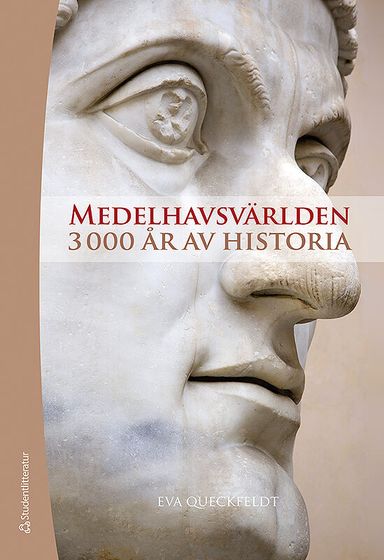

Television Upplaga 4
- Upplaga: 4e upplagan
- Utgiven: 2011
- ISBN: 9780415883283
- Sidor: 494 st
- Förlag: Routledge
- Format: Häftad
- Språk: Engelska
Om boken
For nearly two decades, Television: Critical Methods and Applications has served as the foremost guide to television studies. Designed for the television studies course in communication and media studies curricula, Television explains in depth how television programs and commercials are made and how they function as producers of meaning. Author Jeremy G. Butler shows the ways in which camera style, lighting, set design, editing, and sound combine to produce meanings that viewers take away from their television experience. He supplies students with a whole toolbox of implements to disassemble television and read between the lines, teaching them to incorporate critical thinking into their own television viewing. The fourth edition builds upon the pedagogy of previous editions to best accommodate current modes of understanding and teaching television.
Highlights of the fourth edition include:
New chapter and part organization to reflect the current approach to teaching television—with greatly expanded methods and theories chapters. An entirely new chapter on modes of production and their impact on what you see on the screen. Discussions integrated throughout on the latest developments in television’s on-going convergence with other media, such as material on transmedia storytelling and YouTube’s impact on video distribution. Over three hundred printed illustrations, including new and better quality frame grabs of recent television shows and commercials. A companion website featuring color frame grabs, a glossary, flash cards, and editing and sound exercises for students, as well as PowerPoint presentations, sample syllabi and other materials for instructors. Links to online videos that support examples in the text are also provided. With its distinctive approach to examining television, Television is appropriate for courses in television studies, media criticism, and general critical studies.
Åtkomstkoder och digitalt tilläggsmaterial garanteras inte med begagnade böcker
Mer om Television (2011)
I december 2011 släpptes boken Television skriven av Jeremy G. Butler. Det är den 4e upplagan av kursboken. Den är skriven på engelska och består av 494 sidor. Förlaget bakom boken är Routledge.
Köp boken Television på Studentapan och spara pengar.
Referera till Television (Upplaga 4)
Harvard
Butler, J. G. (2011). Television. 4:e uppl. Routledge.
Oxford
Butler, Jeremy G., Television, 4 uppl. (Routledge, 2011).
APA
Butler, J. G. (2011). Television (4:e uppl.). Routledge.
Vancouver
Butler JG. Television. 4:e uppl. Routledge; 2011.



















